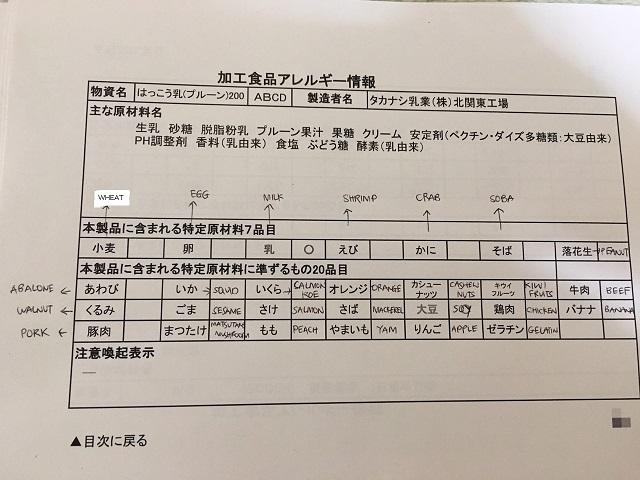Do you have any concern related to Japanese school lunch menu?
Almost all public schools in Japan provide school lunch for children. Kyushoku, the school lunches, has been an important part of the Japanese school’s culture. The school lunches system allow children to learn what balanced meals, proper eating and table manners are. Children also have the opportunity to learn about various food allergies and understand that there are some people with dietary restrictions. Japanese children deliver and serve the food to their classmates and they will eat together in the classroom. They will need to clean the classroom after the lunches are over. Each child will get the opportunity to take a role in the school lunches time- they call this role as kyushoku toban (lunch staff).
The schools will share the monthly menu to the parents so that they can review the allergenic ingredients in the school menu. Parents should inform the teacher if there are some allergenic components that can’t be eaten by their children. Parents are responsible for bringing the food substitutes from home. However, some schools may require parents to bring full course lunch box from home. It means that children will not have any opportunity to enjoy the kyushoku menu with their Japanese friends. If you can negotiate well, some schools will help you to provide the safe menu at their own kitchen- so you don’t have to bring any food substitutes from home.
We will help you to decode some ingredients used in Japanese kyushoku.
小麦 wheat
卵 Egg
乳 Milk
えび Shrimp
かに Crab
あわび Abalone
いか Squid
いくら Salmon Roe
オレンジ Orange
カシューナッツ Cashew Nuts
キウィフルーツ Kiwi fruits
落花生 Peanut
くるみ Walnut
ごま Sesame
さけ Salmon
さば Mackerel
大豆 Soy
鶏肉 Chicken
バナナ Banana
豚肉 Pork
まつたけ Matsutake mushroom
もも Peach
やまいも Yam
りんご Apple
ゼラチン Gelatin
Hope this helps!
Enjoy your stay in Japan!


